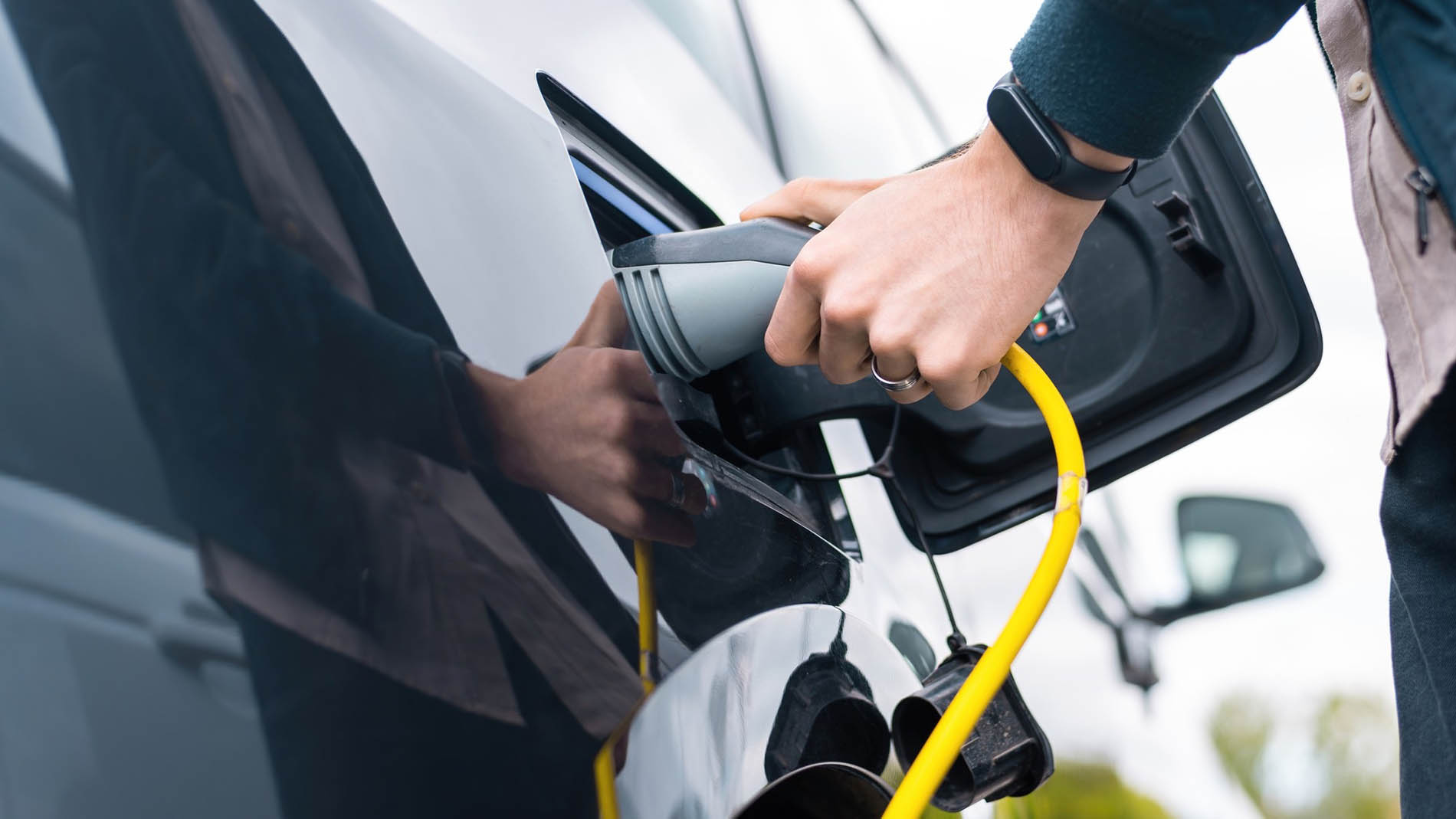Transport makes up about a fifth of carbon emissions in New Zealand with most of this coming from road transport. New Zealand is transitioning towards a low emission transport future, through a range of initiatives which are part of a cross-government programme designed to increase electric vehicle uptake.
An electric vehicle (EV) has an electric motor that is powered by a battery which is charged by connecting to an external source of electricity.
There are two main types of electric vehicle:
- Battery electric vehicles (BEVs) – these are a purely electric vehicles, powered only by the battery which is charged by connecting to an external source of electricity.
- Plug-in hybrid electric vehicles (PHEVs) – these have two engines – one powered by a battery which is charged by connecting to an external source of electricity, the other engine is fuelled from a fuel tank and generally uses petrol or diesel.
Petrol hybrids aren’t considered electric vehicles as they aren’t charged by ‘plugging in’. Their batteries are only charged by re-capturing energy when braking or from electricity generated by the engine.
Public charging infrastructure is constantly being added to.
Waka Kotahi have a goal of public charging facilities being available every 75 kilometres of the state highway network and have achieved 97 percent of this. Details of public charging points around Aotearoa New Zealand are through the live database EVRoam.

